All the AI tasks your PC is capable of with an NVIDIA GeForce RTX GPU
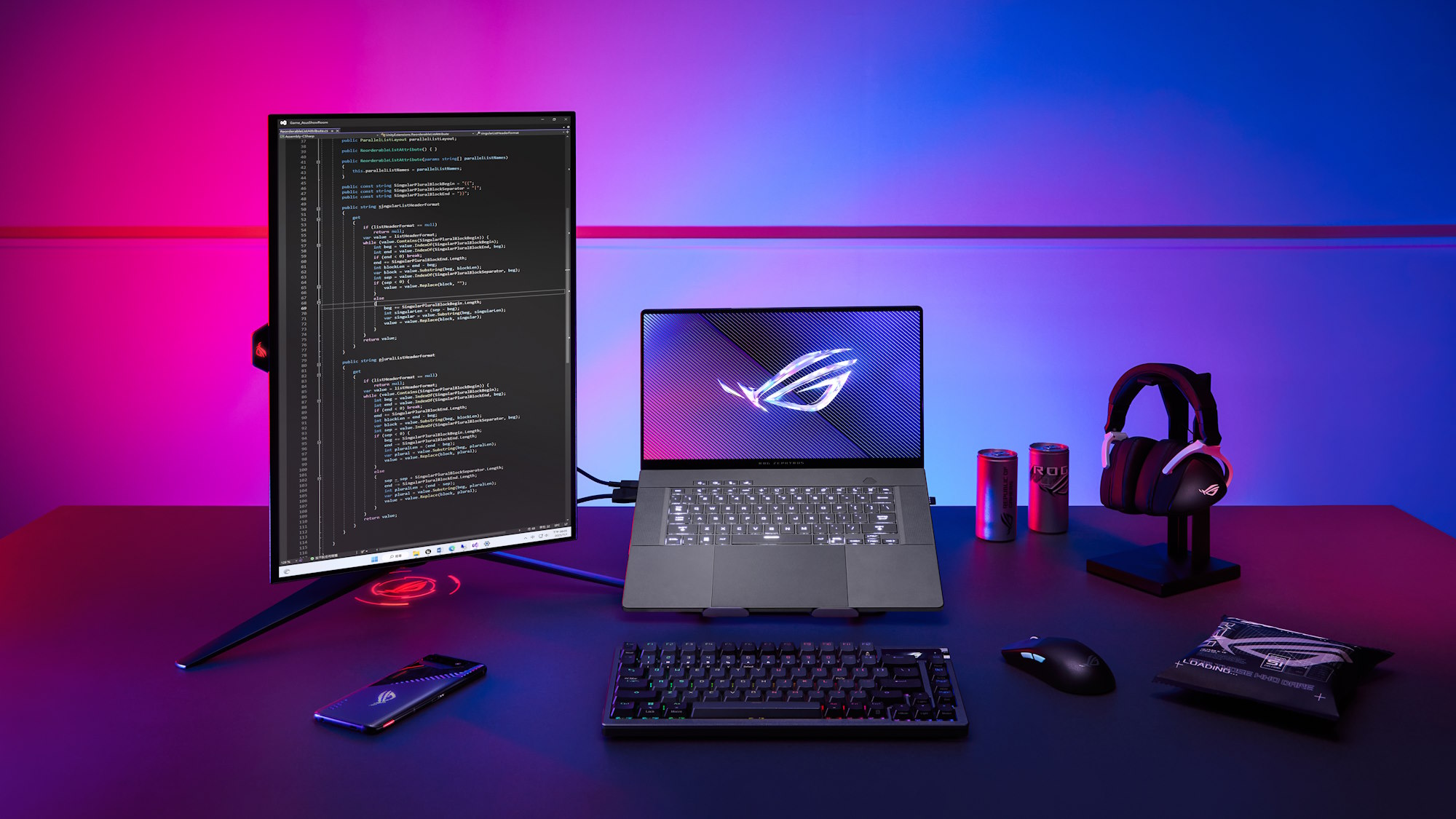
We are on the precipice of a new age of computing, powered by AI. But even today, you might not realize how much access to AI you already have thanks to the latest NVIDIA GeForce RTX GPUs and the RTX AI platform. From image and video upscaling, DLSS frame generation, innovative ray-tracing enhancements, and a suite of exclusive tools and improved capabilities geared towards creators, whether you’re a casual gamer, a professional video editor, or someone in between, ROG and NVIDIA have the right GPU for you.
AI in gaming: RTX, DLSS, and more
Traditional gaming graphics have always been a push and pull between graphical fidelity and performance. If you increased texture settings to enhance visual quality, you may have cut your FPS by too much to enjoy the experience. If you wanted to push your FPS higher, your game might start to look too much like a box of polygons. With the power of AI, though, NVIDIA has developed a suite of technologies that allow ray tracing and other modern graphics upgrades to run their best on the latest games, all while keeping performance fast and smooth. Let’s dive in and explore all the technology in your NVIDIA GeForce RTX GPU, and how you can leverage it to make your games look better than ever.
Maybe you’re rocking an ROG Strix SCAR 18 for some serious AAA or esports gaming, or have an ROG Strix GeForce RTX 4080 Super powering your desktop battlestation. With the power of an NVIDIA GeForce RTX GPU, your ROG machine is on the cutting-edge of AI acceleration and getting better every day.
Deep Learning Super Sampling (DLSS) Super Resolution: faster performance with great quality
*Captured on GeForce RTX 3080 desktop graphics card at 3840 x 2160 resolution, highest game settings.
A highlight of the software suite powering NVIDIA GeForce RTX GPUs is Deep Learning Super Sampling, better known as DLSS. DLSS is a suite of technologies designed to boost performance while retaining excellent image quality, and it all started with an upscaling feature called DLSS Super Resolution. DLSS Super Resolution boosts performance by allowing the game engine to render a scene at a lower resolution, then use AI models to sample and upscale the image to the desired resolution. As a result, you get a performance increase over native rendering. A game that might have struggled to run smoothly at 4K would run much faster at 1440p or 1080p, and with a well-trained AI model and purpose-built AI hardware on all GeForce RTX graphics cards, the final image is reconstructed to 4K in native quality. The days of compromising graphical fidelity to play the latest games are over, now that we can have our visual cake and eat it too.
DLSS Super Resolution is integrated into hundreds of games by developers. Check your game’s graphics settings to see if it’s available. As a general rule of thumb, the Quality preset is a great mix of boosted performance with near-native image quality, while Balanced prioritizes performance just a little bit more, and Performance and Ultra Performance upscale from even lower resolutions for maximum framerate. Experiment with what works for you and your RTX-equipped card, then be sure to turn the graphics settings up. Rendering the game at a lower resolution leaves some horsepower on the table, letting you savor the eye candy of modern gaming.
Deep Learning Anti-Aliasing (DLAA): anti-aliasing powered by AI
*Captured with GeForce RTX 3090 desktop graphics card at 3840 x 2160 resolution, highest game settings.
NVIDIA has also leveraged the dedicated Tensor cores in its RTX GPUs to power an AI-accelerated version of anti-aliasing, DLAA. Anti-aliasing is a graphical technique that minimizes the appearance of jagged lines and shimmering artifacts when there aren’t enough pixels to keep objects smooth. For example, you might find in some games that power lines look jagged and pixelated, because the harsh black of the line is only a few pixels wide next to the vast sky. Or waving grass may shimmer as it moves since there aren’t enough pixels to render single blades in sharp enough detail.
DLAA samples frames like other anti-aliasing techniques — MSAA, TAA, and FXAA — but leverages the AI Tensor Cores for this workload. DLAA performs significantly better than standard anti-aliasing, while also providing excellent image quality. If the game supports it, all GeForce RTX 20, 30, and 40 Series GPUs can utilize DLAA.
DLSS Frame Generation: smoother motion across the board
*Captured on GeForce RTX 4090 desktop graphics card at 3840x2160 resolution. Highest game settings and RT: Overdrive mode.
In some graphically-intense games, even AI upscaling isn’t enough to pump up the framerate for smooth and fluid gameplay. Exclusive to GeForce RTX 40 Series cards, NVIDIA also offers Frame Generation as a complement to traditional DLSS techniques to boost performance even further. Frame Generation uses current and prior game frames, an optical flow field, and game engine data including motion vectors and depth to generate entirely new frames without rendering them from scratch. These frames are seamlessly slotted in between the traditionally rendered frames, adding smoothness and boosting FPS with the simple toggle of a menu setting. When Frame Generation is used in tandem with Super Resolution, the AI model and dedicated Tensor Cores are reconstructing up to 7 out of 8 displayed pixels.
DLSS Ray Reconstruction: the next level of ray tracing
*Captured with GeForce RTX 4090 at 3840 x 2160, highest game settings and RT Overdrive mode.
DLSS has continued to improve over the last five years, and the introduction of DLSS 3.5 included an incredible new feature called Ray Reconstruction. In the traditional pipeline to produce a ray-traced image, first the scene is rasterized in the game engine, and then it is exposed to rays to simulate accurate lighting. It only simulates a limited sample of rays, however, because there simply isn’t enough time or horsepower to ray trace every single pixel individually. This incomplete image is then passed through a denoiser, which smooths any variable data from the scene to create its best interpretation of a clean image.
However, denoisers have their downsides, as they can also scrub subtle shadows from a scene, which removes detail. Because they also use pixels from prior frames in their algorithm, denoisers can also produce reflections of lower detail and introduce ghosting.
Ray Reconstruction provides a ray traced image in an entirely new way, replacing the denoiser with an intelligent AI model that can keep the fine detail needed to upscale an image without introducing visual artifacts. Available on all RTX graphics cards, Ray Reconstruction changes the game for ray-traced lighting effects, giving games depth and realism that simply would not have been possible just a few years ago. This is true for both games and creative applications that have DLSS 3.5 integrated. Lighting effects and reflections can look more detailed than native ray-traced rendering, with the added benefit of significantly higher framerates as well. Win, meet win.
AI that boosts creativity, productivity, and entertainment
These incredible tools enable gamers to level up their games with the touch of a few buttons, but those aren’t the only people who benefit from NVIDIA AI technologies. Whether you’re just watching a YouTube video or following your favorite streamer, to working on professional projects in video editing or game creation software, RTX powered GPUs have tools to enhance a whole host of modern computing experiences, right out of the box.
Creators might be drawn to sleek yet powerful Zephyrus G14, or the Zephyrus G16, which boasts up to a GeForce RTX 4090 Laptop GPU. Or if you’re more of a workstation user, perhaps a ProArt GeForce RTX 4080 Super desktop GPU might be more your style. Whatever you choose, ROG and NVIDIA have the tech to keep you moving at the pace of your imagination.
NVIDIA TensorRT acceleration for Stable Diffusion and DaVinci Resolve
Stable Diffusion and other generative AI tools have taken the world by storm, as they can write, generate images, and now even create videos at record-breaking speed. On premium AI PCs with GeForce RTX GPUs, many of these tools now run locally — no longer requiring an internet connection and access to large server farms.
On underpowered systems, if you attempt to run them locally, you might only be able to generate a few images per minute. We’ve all been there. You’re starting a project, entering parameters into the system to try and guide the software towards the images you need. But that golden retriever enjoying some sun by the pool with sunglasses on might not look the way you want on the first try, so being able to iterate quickly can make all the difference. While your CPU may be able to create a few images per minute, a GeForce RTX GPU can produce an image nearly every second, letting you catch errors and refine your guidelines as quickly as possible.
For the video editors out there, your gaming GPU also has built-in acceleration for killer DaVinci Resolve features like automatic rotoscoping with Magic Mask and slow-motion video creation with Speed Warp. By leveraging the power of an RTX GPU, the long days of manually rotoscoping and adjusting keyframes to color correct or enhance a subject are gone, thanks to AI algorithms that intelligently track the subject frame by frame. Whether you’re rocking a GeForce RTX desktop or laptop GPU, the dedicated Tensor cores can truly make magic happen.
Whether you're editing videos, making 3D models, live streaming, or designing games, GeForce RTX GPUs provide exclusive AI tools and performance enhancements to boost your creativity and streamline your workflow.
RTX Video Super Resolution and HDR
Whether you’re following your favorite streamer testing out a new game on Twitch, watching a video on YouTube, or catching a classic movie on your favorite streaming service, most of the video on the internet is delivered in 1080p and in Standard Dynamic Range (SDR) colors. While that’s not terrible, it’s noticeably lower than the crisp 1440p or 4K modern day viewing experience. And when you full-screen a video, the quality loss can be noticeable, especially with the basic upscalers that come standard on most web browsers that leave the final image soft and blurry. RTX Video Super Resolution upscales that streaming video from the 1080p source with a deep learning AI model to clean up and sharpen the image without losing detail, and can even scrub compression artifacts. HDR10 compatible display owners can now take full advantage of the wider color gamut with RTX Video HDR. This AI enhanced technology will automatically tone map SDR video to HDR quality, resulting in more vibrant video experiences with brighter brights and darker darks.
If you have a GeForce RTX 30 or 40 Series graphics chip, simply launch the NVIDIA Control Panel and select Adjust Video Image Settings. On the right, you’ll see an option for RTX Video Enhancement, which can be enabled by toggling Super Resolution For HDR on. For Super Resolution, you can leave the quality on Auto, or select from 1 to 4, with 4 providing the best quality but requiring more GPU resources for the upscaling process. Streaming video has never looked this good.
RTX Remix for game modders, built on Omniverse
Built on NVIDIA Omniverse, RTX Remix allows modders to remaster the classics with full ray tracing, NVIDIA DLSS and Reflex, generative AI texture tools, and modern assets with physically-based rendering.
RTX Remix is the ultimate modding platform for RTX mods of classic games. Using RTX Remix, modders can import game captures to use as their canvas. They can enhance assets, relight scenes with path-traced lighting, and see everything updated live in the RTX Remix viewport. Modders can reimagine assets using Omniverse-connected apps including Blender and Adobe substance via the Universal Scene Description (OpenUSD) framework. RTX Remix’s generative AI texture tools analyze low-resolution textures from classic games and generate physically accurate materials and upscale the resolution by up to 4X. When the mod is played, RTX Remix dynamically replaces original assets with the modded assets while injecting RTX technologies including path tracing, DLSS 3, and Reflex.
NVIDIA Omniverse is the hub to streamline 3D workflows and allow creators to easily move assets between tools like Blender and Adobe Substance via the Universal Scene Description (OpenUSD) framework. This platform is critical for fields like architecture, engineering, construction, and manufacturing, where 3D designs and digital twins are frequently built first and then used as a bellweather for any issues with the real-world project as it progresses. NVIDIA Omniverse is also crucial to the workflow of VFX companies like Moonshine, as a way to quickly iterate with a client and also enable creators to work in the cloud remotely. Whether you’re just dabbling in a passion project or looking to make something serious, NVIDIA has the tools you need to succeed.
ChatRTX, your personal chatbot
Chatbots, like ChatGPT, continue to grow in popularity. With a GeForce RTX GPU, you now have access to your very own, personalizable chatbot for local, fast, custom generative AI. It’s called ChatRTX and is a free tech demo from NVIDIA.
ChatRTX can be downloaded directly from its website and lets users personalize a chatbot with their own content, accelerated by a local NVIDIA GeForce RTX 30 Series GPU or higher with at least 8GB of video random access memory, or VRAM.
It uses a technique for enhancing the accuracy and reliability of generative AI called retrieval-augmented generation (RAG) to connect users to their own files. With NVIDIA TensorRT-LLM software and NVIDIA RTX acceleration, it brings generative AI capabilities to local, GeForce-powered PCs. Users can quickly, easily connect local files on a PC as a dataset to an open-source large language model like Mistral or Llama 2, enabling queries for quick, contextually relevant answers.
Level up livestreams and video conferencing
Live streamers can use NVIDIA Broadcast to take their streams to the next level. The AI-powered, RTX-exclusive app removes background audio and video noise to improve overall stream quality. Background removal, replacement and blur provide customizable greenscreen effects without the need for expensive equipment or complex lighting setups. Because the app creates virtual peripherals, the same app can also be used with popular video conference software to improve both your own audio and video, as well as low-quality content that’s inbound.
The last few years have been truly incredible for gamers. Amazing AAA titles have released, instant classic indie games have made their mark, and the hardware to run our favorite games has improved in leaps and bounds. Ray tracing is finally available to everyone, not just to Hollywood render farms worth millions of dollars, and the NVIDIA software suite continues to improve every day. If you haven’t already, make sure and enable some of these features on your NVIDIA-equipped laptop or desktop and enjoy these games the way they were meant to be played. And that’s just what you can do today. Keep an eye on what’s to come, like bringing digital characters to life with NVIDIA ACE.
| Model | Availability (US) | Availability (CA) |
|---|---|---|
| ROG Zephyrus G14 (2024) | ASUS Best Buy |
ASUS Canada Computers |
| ROG Zephyrus G16 (2024) | ASUS Best Buy |
|
| ROG Strix SCAR 16 (2024) | Memory Express | |
| ROG Strix SCAR 18 (2024) | ASUS | |
| ROG Strix GeForce RTX 4070 Ti Super |
|
|
| ROG Strix GeForce RTX 4080 Super |
Author
Popular Post
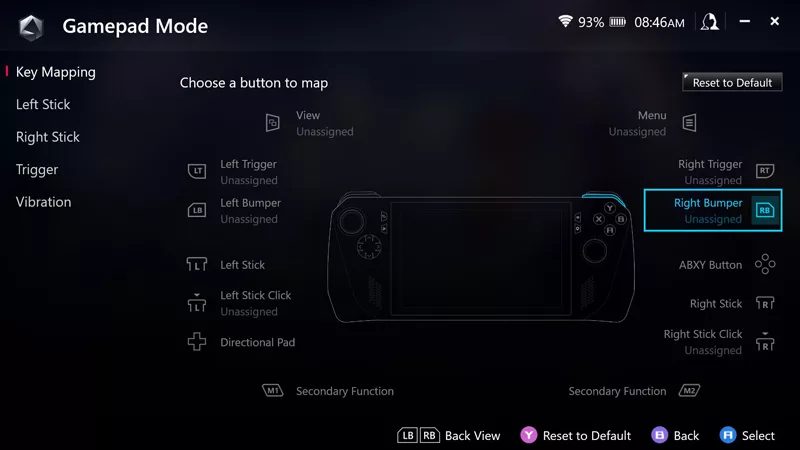
How to remap buttons and create custom game profiles on the ROG Ally or Ally X
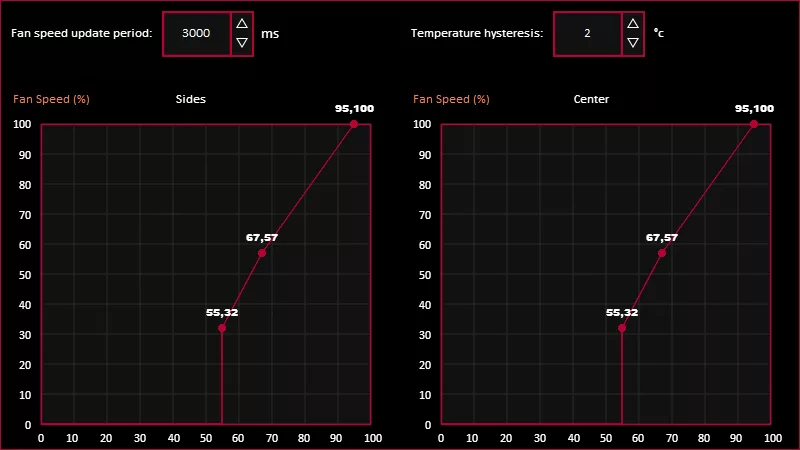
How to Adjust Your Graphics Card’s Fan Speed in GPU Tweak III
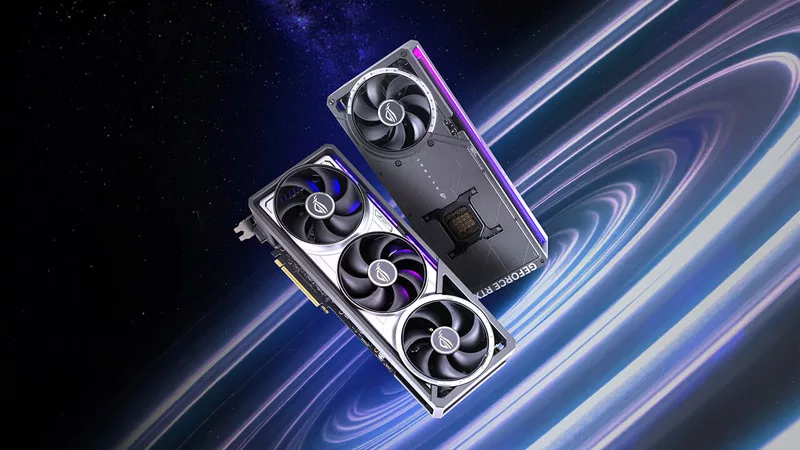
Introducing the ROG Astral GeForce RTX 5090 and 5080: a new frontier of gaming graphics
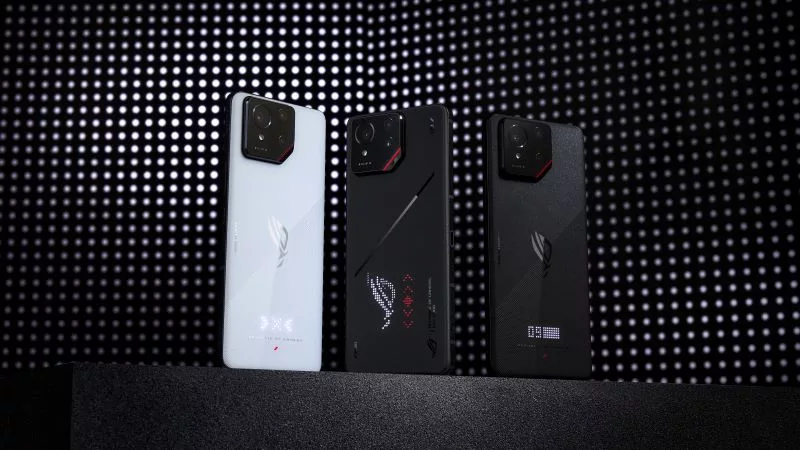
The ROG Phone 9 and ROG Phone 9 Pro level up mobile gaming

How GPU Tweak's Power Detector+ alerts you to abnormal current on your ROG Astral graphics card
LATEST ARTICLES
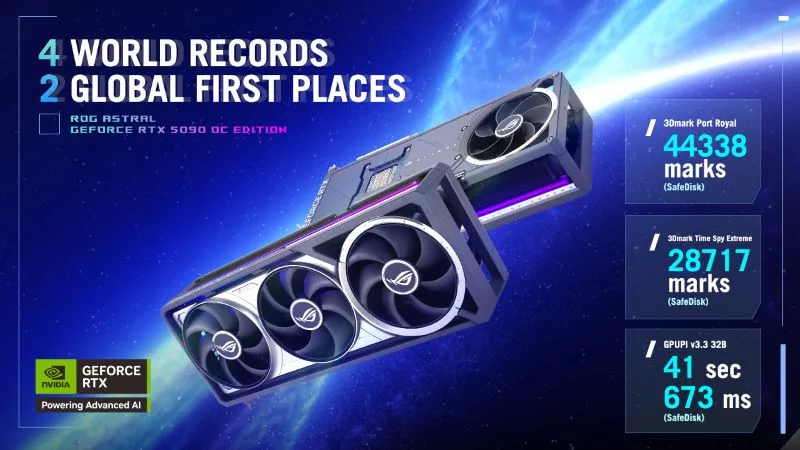
The ROG Astral GeForce RTX 5090 OC smashes 6 new overclocking records
The ROG Astral GeForce RTX 5090 OC takes what you love about ROG graphics cards and ups the ante to provide you more power than ever before. But don’t take our word for it — look at the records it’s smashing.

The ROG Virtual Assistant gets an AI upgrade with new features
OMNI is getting a big upgrade. Our ROG Virtual Assistant now packs AI-powered features designed to boost your productivity and user experience.
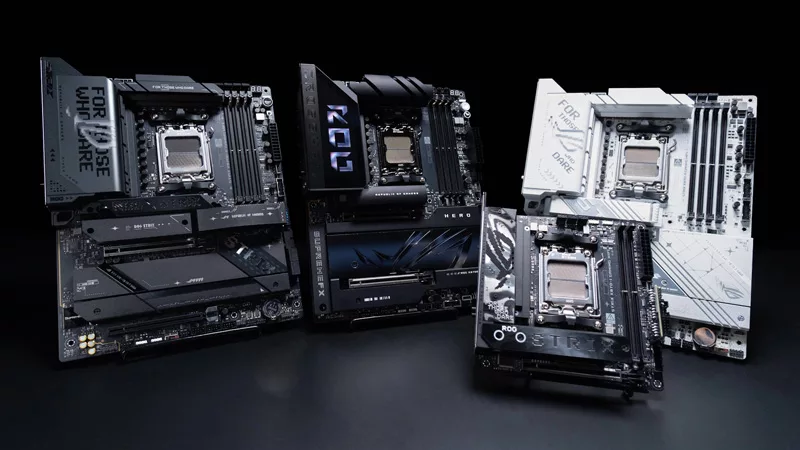
Get ahead of the game with the latest ROG gaming tech from Gamescom 2024
From new X870 motherboards to OLED displays and plenty of mice and keyboards, here’s everything ROG announced at Gamescom 2024.

Buy a GPU and get a free Steam code for Like a Dragon: Infinite Wealth
Purchase select GPUs from ASUS, ROG, or TUF Gaming and dive into an epic adventure with a free Steam code for Like a Dragon: Infinite Wealth!
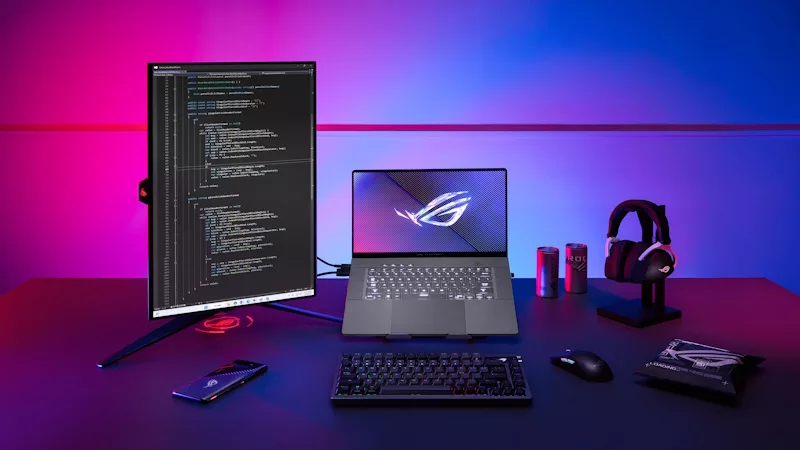
All the AI tasks your PC is capable of with an NVIDIA GeForce RTX GPU
Your PC is already capable of so many advanced AI tasks, from image and video upscaling, DLSS frame generation, and creative tools from NVIDIA.

ASUS GPU Tweak III: The ultimate tool for advanced GPU tuning
Maximize your GPU's power with GPU Tweak III, ASUS's premier overclocking software — now with more exclusive features.








